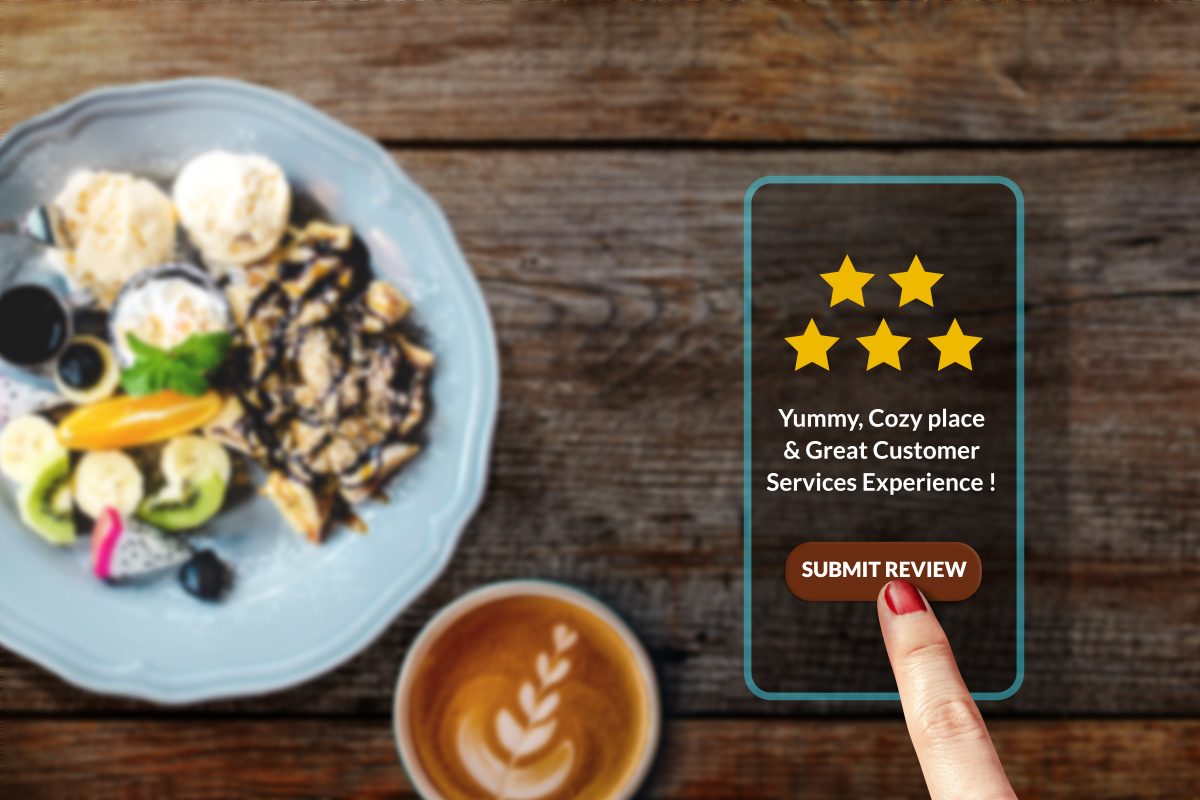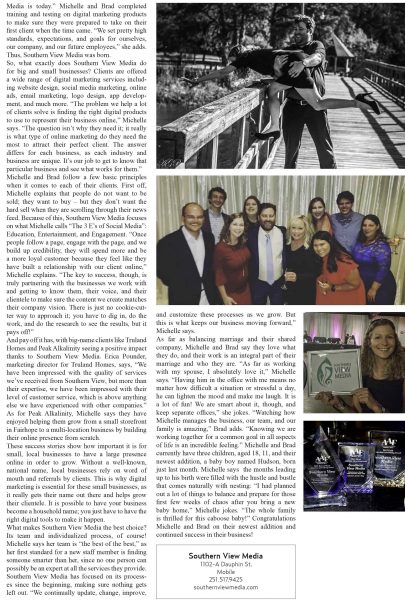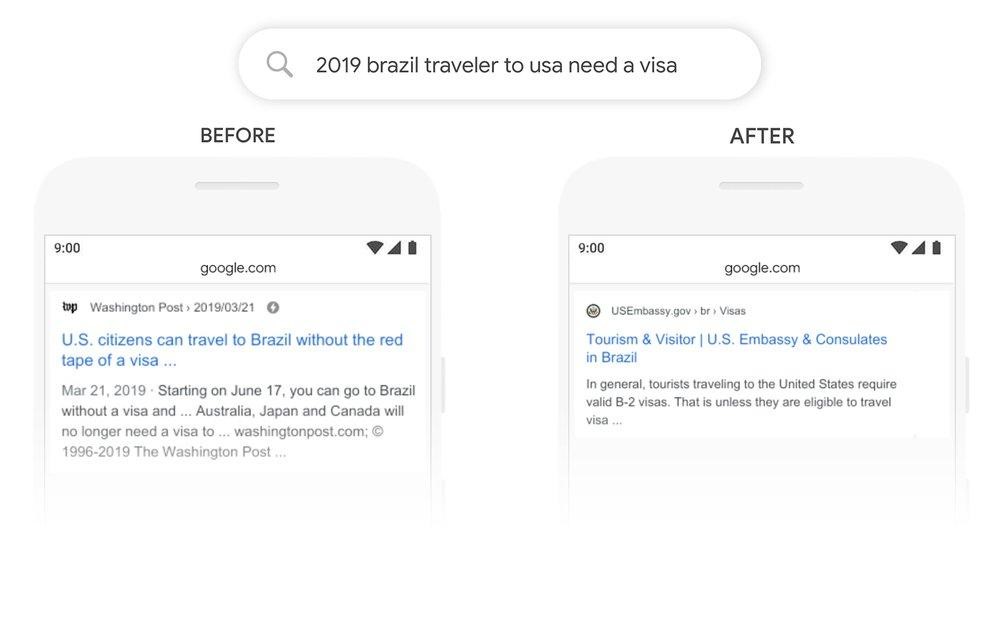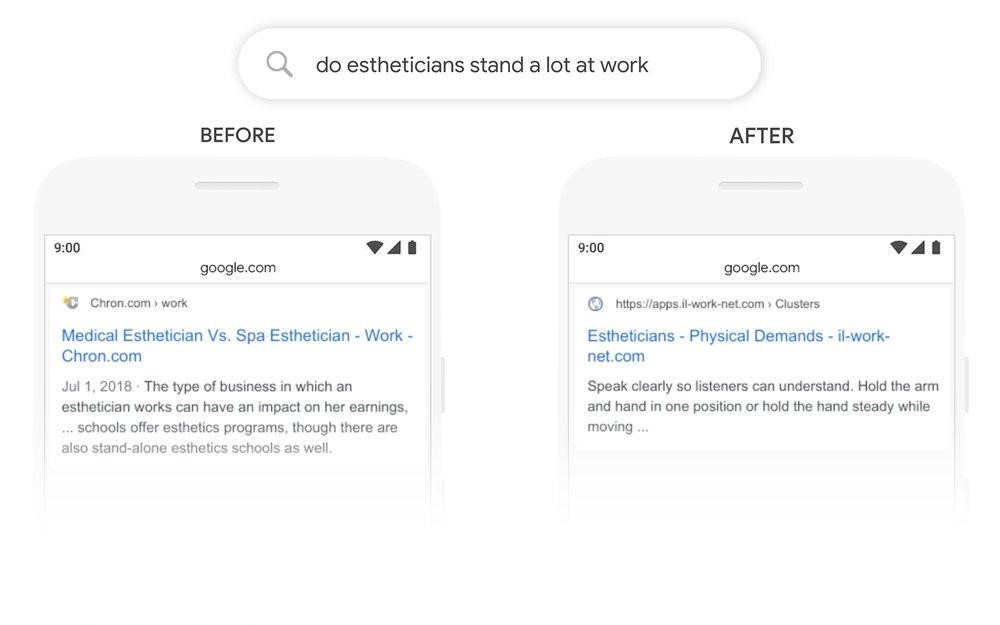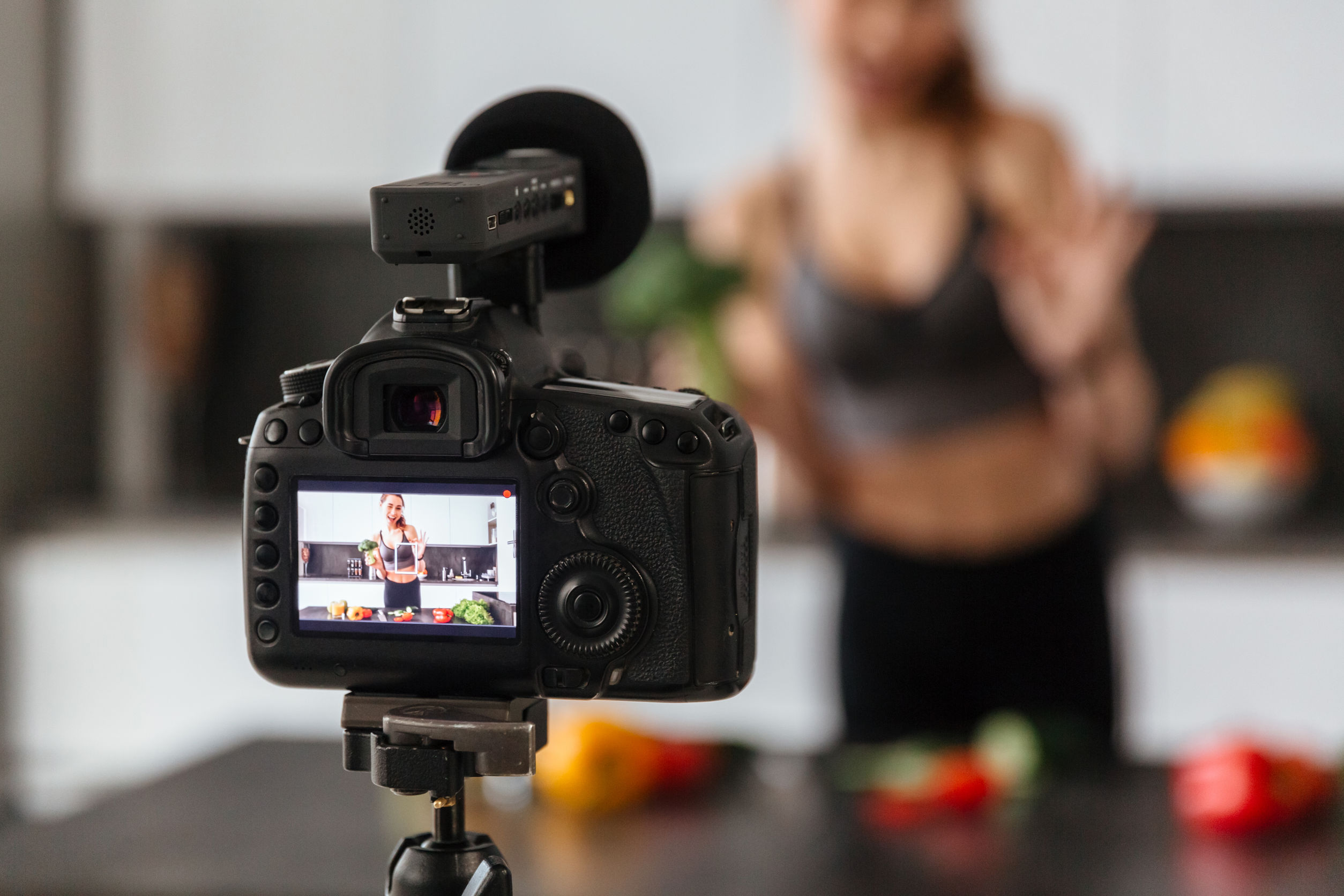Your business’ website is the key to the company’s overall success in the digital era. Think of your website as a storefront window display, showcasing your products and services and promoting new deals and offers. As more and more businesses make the push towards strategic digital marketing, you need to ensure that your website is filled with up-to-date, current information and engaging content so that your website is ahead of the crowd. Your website absolutely must give both Google and your audience what they want and what they expect. The best method for accomplishing this is SEO. Search Engine Optimization is the practice of bolstering your website’s user experience and content in order to raise your ranking on search engine result pages (SERPs) so that more traffic is driven towards your site. Here are a few tasks to complete in order to best optimize your website for SEO.
- Make Sure
Your Basic Information is Correct
First off, your basic information should be consistent across all your pages and platforms. If your basic information isn’t the exact same wherever that information can be found, Google will hold it against you and consider your business more unreliable than most. This basic information is generally referred to as your NAP information (Name, Address, Phone). Your NAP information, with the addition of your email information, is what’s at the core of people’s search habits. If you have a Google My Business listing, make sure it matches that information for all of your locations exactly as it is. If people can’t find your business’ name, location and contact info, then there’s not really much of a point in Google referring your site to its audience, is there? (If you don’t have a Google My Business listing, don’t worry. We’ll go over Google My Business later in this blog.) When you clearly state who your business is, where it’s located and what it offers, search engines are much more likely to recommend it to others.
- Analyze Your Data and Conduct Keyword Research
Connect the dots from user behavior reports and Google Search Console traffic data to get a more complete picture of how people interact with your website and where that traffic is coming from. You can study how people behave once on your site and also analyze key metrics like the amount of sessions from a user, bounce rates, click-through rates and more. You can learn a lot about the demographics in your audience from these data points. Use your analysis to adapt to the trends that you find. Once you begin understanding how your audience comes to your site and how they interact with it, then you can start researching the most relevant keywords to your audience’s search habits. There are a plethora of tools to use to help you discover great keywords to pepper throughout your web content. It’s important in this task to try to think like how a search engine user thinks. Why would someone search for a particular word? What would they be hoping to find? Implement keywords into your headlines, subheads, title tags, meta descriptions and body copy. (However, be careful not to ‘keyword stuff’!)
- Apply Your Research to Creating Value-Rich Content
Poor quality, boring and uninformative content drives users away. Expanding on your data and keyword research with creative, engaging and search-relevant content is your next step to optimizing your webpage for SEO. You want to create as wide a net as possible to bring in search traffic, so create an individual web page for every product, service and location of your business. Make a comprehensive list of all aspects of your company. This will be the framework for your sitemap. Once you’ve outlined the architecture of your website, then start working on fleshing out each page with keyword-infused content. Don’t sell your audience short with nondescript, surface-level information. Google rewards sites that go into well-informed detail regarding the topics its users are searching for. The longer people stay on your site, the higher you will rank on SERPs.
- Optimize for Local SEO
Nearly half of all Google searches are local. People are looking for nearby solutions to their queries, so it’s vital for your SEO strategy to account for local SEO. First, you need to claim your Google My Business listing for all of your locations. Make sure that all of the NAP information is correct and consistent across all of your webpages. You’ll be able to correct and update all of your information with Google as you refine your processes and information. Next, schema markup allows Google to better match your business to local search engine users. Schema markup lets Google organize your data more efficiently and pushes that data more in relevant search results. Set your schema markup anywhere you describe your company on the website. Do this for every location on each city page. Once you’ve gotten squared away with Google, add your business to local directories. There are countless directories online for almost every industry out there. Adding your business to these directories strengthens your SEO ranking with quality backlinks. Once again, keep the information correct and consistent with what you’ve already put out there. Add a page that showcases positive reviews to boost your local SEO ranking. Google My Business once again comes into play here, as Google My Business reviews are the second-most influential ranking factor for local businesses. Finally, local SEO won’t do much if you don’t analyze local search terms and create local content. Implement other nearby locations into your keyword usage. Keep it relevant for people in your town. You know how people talk and think where you live. Use that to reach out and find your audience.
- User Experience Will Take You Far
How pleasant your site is for users to interact with definitely affects how a search engine will rank your business’ web pages. People nowadays expect fast, quick and easy from every site they visit. You must account for mobile site visitors in this day and age, as more and more search engine users rely on their smart devices for search queries. Google has even begun prioritizing mobile-first indexing in order to reward sites for addressing mobile UX friendliness. Responsive design matters for mobile UX. It does not take long at all for a user to get fed up with having to put up with a site not optimized for mobile use and leave. The same goes for loading speeds as well. You have basically less than three seconds (and that’s being generous!) for your page to load before a user drops your site and moves on. Google’s PageSpeed Insights is an incredibly useful tool to help you determine what you can do to quicken load times for your pages. When you make your business’ web pages fast and responsive for desktop and mobile, you’ll see the sky as the limit for your SEO rankings.


